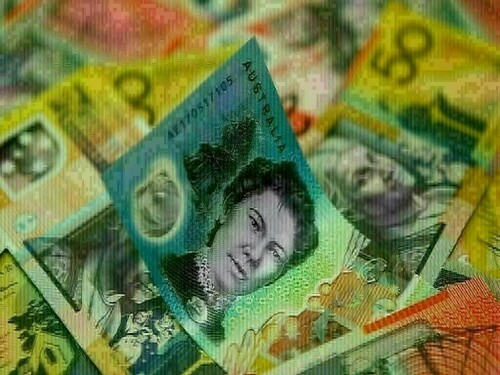Australian, New Zealand Dollars Rise Amid Trade Talk Hopes
SYDNEY: The Australian and New Zealand dollars saw a slight increase on Friday, buoyed by investor optimism regarding potential advancements in US-China trade negotiations. This positive sentiment helped to mitigate concerns arising from lackluster local consumption data.
Retail Sales Data
Australian retail sales figures revealed a modest increase of only 0.3% in March. Furthermore, first-quarter volumes showed no growth, presenting a setback for the Australian economy.
The uninspiring data suggests that the Reserve Bank of Australia (RBA) may need to revise its projections for household spending downward. This reinforces the argument for a rate cut at the upcoming meeting scheduled for May 20.
Expert Analysis
Adam Boyton, head of Australian economics at ANZ, stated, “We anticipate a 25 basis point rate cut by the RBA in May as almost certain. This is due to the mild inflation figures observed over the past two quarters and the downside risks to global and domestic growth resulting from global trade policy uncertainties.”
Boyton added, “It’s important to remember that policy responds to shocks, not just the economy. We foresee 75 bps of cuts for the remainder of the year.”
Markets have fully factored in a quarter-point reduction in the cash rate, currently at 4.10%, for this month. Expectations point towards rates at 3.0% or lower by the close of the year. For currencies, even the possibility of progress in the Sino-US tariff dispute was enough to increase risk appetite.
Currency Performance
- The Australian dollar rose by 0.4% to $0.640, recovering from overnight losses.
- The currency has encountered resistance above $0.6450 but has found strong support around $0.6340.
- The New Zealand dollar edged up to $0.5920, after a 0.5% overnight decline, finding support at $0.5890.
- It remains below its recent peak of $0.6029, and technical risks suggest a potential retreat towards $0.5820.
The Aussie also strengthened against the yen, gaining 1.6% to reach a one-month high of 93.05. This followed a dovish inflation outlook from the Bank of Japan, which led markets to reduce expectations of a near-term rate hike.
Upcoming Australian Elections
Domestically, Australia faces potential political uncertainty as it heads to the polls this weekend. A close contest is expected between the incumbent Labor government and the Liberal National opposition, raising the possibility of a hung parliament.
Historically, markets have shown little sensitivity to election outcomes. This is because the major parties’ economic policies are generally considered centrist and not a threat to financial stability. Both parties are also committed to maintaining the independence of the central bank.



Comments (0)
No comments yet. Be the first to comment!
Leave a Comment